In recent years Cartier, the king of haute joaillerie, has begun storming the bastions of haute horlogerie. In this full-length feature WatchTime’s Joe Thompson explores the intriguing origins and bold future initiatives of Manufacture Cartier.
In April 2008, Cartier startled the watch world with the introduction of its first ever Geneva Seal watch, the Ballon Bleu Flying Tourbillon. At the time, some watch industry observers (including this reporter) considered it a stunt.Cartier is a genuine watch power; it is either the second- or third-best-selling Swiss watch brand in the world after Rolex. (Omega and Cartier both claim to be number two.) However, famously French Cartier had no tradition of making mechanical movements in-house and no watch manufacturing roots whatsoever in the canton of Geneva, which is a key requirement to earn the allegedly prestigious Poinçon de Genève. So how did Cartier get the Geneva Seal?
In 2007, Cartier’s parent company, Richemont SA, acquired the production facilities of Manufacture Roger Dubuis in Geneva, which specialized in making Geneva Seal movements. Cartier promptly took over an atelier in the Dubuis facility and installed 10 master watchmakers there. The flying-tourbillon caliber they produced there, the 9452 MC, is based on a Roger Dubuis design. Voilà: Paris-based Cartier, with watch production facilities in La Chaux-de-Fonds and Fribourg, Switzerland, was transformed into a Geneva Seal brand. Technically it was legit. But the question lingered: Was the expertise really Cartier’s or was it Dubuis behind a Ballon Bleu facade? Two years later, it’s clear that it really was Cartier. What some saw as a stunt was actually a shot, an opening salvo announcing Cartier’s emergence as a bona fide mechanical movement producer with serious ambitions in high horology.
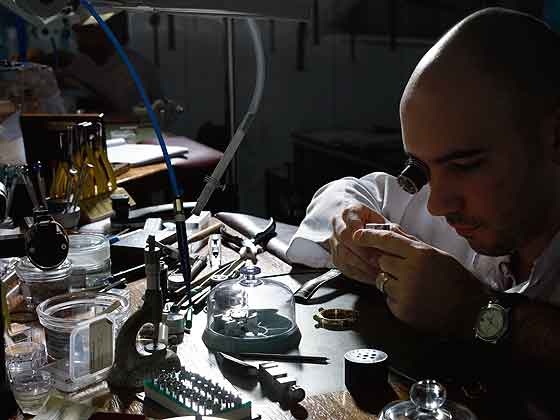
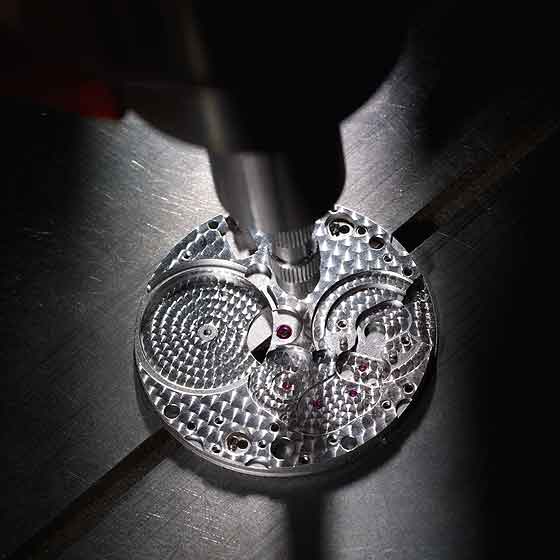
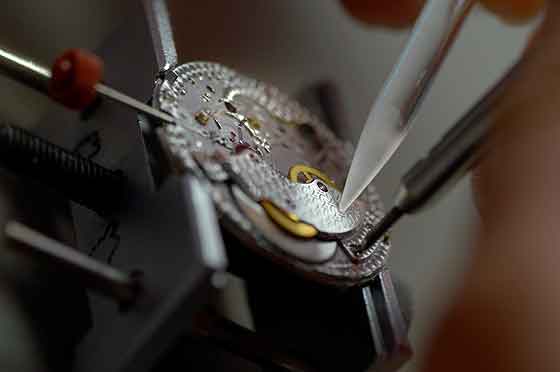
In the past two years, Cartier has rushed with Usain Bolt-like speed into the high-mechanical men’s market. It has unveiled 17 new men’s mechanical watches and nine new manufacture movements (including another Geneva Seal movement), at least six of them conceived, developed, prototyped, and produced entirely in Manufacture Cartier, the firm’s giant watchmaking facility in La Chaux-de-Fonds. Among them is a new base automatic caliber, 1904 MC (for Manufacture Cartier), the first Cartier has produced in-house. It was launched this year in a new Cartier men’s watch collection, Calibre de Cartier. Caliber 1904 MC will be the base movement for future Cartier automatic models, including those with complications.
Perhaps the most surprising new development at Cartier — and the best evidence of its burgeoning high-mech might — was the presentation last November of the Cartier ID One, a concept watch developed by Cartier engineers that may be the world’s first watch that never needs adjusting. The watch is loaded with innovative mechanisms and materials, inside and out, such as hairsprings made of Zerodur, a balance wheel made of carbon crystal, an oscillating weight coated with amorphous diamond-like carbon and a niobium-titanium case. It is currently ticking away in the research-and-development department in the manufacture under the engineers’ watchful eyes and promises to deliver new advances in high horology for future Cartier watches. (For details, see “Cartier’s Concept: A No Adjustment Watch” in the January-February 2010 issue of WatchTime.) All of these developments have left watch collectors and aficionados surprised, impressed, and confused. They identify Cartier more as a maker of jewelry, scarves and handbags for their wives than of high-mech marvels for themselves. What, they wonder, is going on?
What’s going on, according to top Cartier executives from Paris and La Chaux-de-Fonds, is a new chapter in the firm’s long, often illustrious watch history. Cartier execs acknowledge that Cartier today is more of a ladies’ line: it is the world’s top producer of jewelry watches. In the United States, for example, women’s models account for two-thirds of Cartier watch sales. Cartier execs also acknowledge that they are somewhat late to the luxury-mechanical-watch party and, at this point, don’t bring a lot of high-mech credibility with them. Nevertheless, they point out that their conversion to mechanical movement manufacturing is in keeping with Cartier’s identity as a maison (French for “house”) whose craftsmen and women historically produce its own luxury products, and with its heritage as a pioneer in men’s wristwatches with icons like the Santos and Tank.

Nor is Cartier’s mechanical conversion as sudden as it might seem. Cartier International CEO Bernard Fornas says its new men’s mechanical watches have been in development since 2005. They reflect a strategy undertaken on Fornas’s watch to shift the firm from being a mechanical-watch assembler relying on a network of suppliers for movements and parts to being a vertically integrated manufacture. To that end, Cartier has quietly spent a fortune over the past six years developing in-house the mechanical watch know-how it needed. The mission was not simply to have Cartier take its place as a watch manufacture next to Vacheron Constantin, Jaeger-LeCoultre, A. Lange & Söhne, Piaget and other sister firms within the Richemont Group. It was to make movements that reflect Cartier’s image as a paragon of creativity and design. That has led to a dramatic transformation in Cartier’s watchmaking operations. Cartier decided to start making its own mechanical movements a year or so after Fornas became CEO in 2002. Cartier then, as now, produced several hundred thousand watches annually (the firm does not disclose the exact number). It was already vertically integrated for its quartz-watch production, a legacy of the 1980s and 1990s when Cartier was a quartz-watch powerhouse. In the 1990s, 80 percent of Cartier’s production was quartz. It produced almost all (90 percent) of its quartz movements in-house and manufactured a significant percentage of its cases and bracelets.
For its mechanical watches, however, like many Swiss watch firms, it was an assembler, relying on a network of outside suppliers for its mechanical movements. A decade ago Cartier’s movement supplier network worked well, says Jean-Kley Tullii, director of Manufacture Cartier, a 15-year Cartier veteran. The factory had access to mechanical movements from suppliers within the Richemont Group like Jaeger-LeCoultre and Piaget as well as a number of prominent outside suppliers like Girard-Perregaux. By 2004, however, with demand for mechanical watches soaring, rising to 40 percent of Cartier output (it’s now up to 50 percent), the movement issue came to a head. “Rapidly, we noticed that the network didn’t support the level of quality that we wanted,” Tullii says. There were other issues, too, like delays in getting deliveries of movements and concerns about securing spare parts from movement suppliers for future watch repairs. Overriding everything was the issue of what Cartier execs call “legitimacy.” “You cannot ask someone else to make the product for you,” says Carole Forestier-Kasapi, the movement development chief at Manufacture Cartier. “At a certain point you have to do it yourself.” As Fornas puts it, “Nobody is better served than by oneself.” Gradually it became clear that Cartier must become master of its mechanical-watch fate. Says Tullii, “We said, ‘OK, we have to invest and master all the steps.’”

They did it through what they called the “Think Tank” project (a cute play on Cartier’s most famous watch model, the Tank, launched in 1919). Fornas approved the project in 2004. It took three years to complete. The “Think Tank” project not only brought requisite skills for mechanical watchmaking in-house, it totally reorganized Cartier’s watch production operations, centralizing them in the glass building it had opened in La Chaux-de-Fonds in Switzerland’s Jura Mountains in 2000. The project’s motto was “One team, one place.” The goal was to take watch employees and operations that were scattered over 100 miles in Switzerland and put them all within less than 1,000 feet of each other within the manufacture. (One example: Cartier produced watch bracelets in 12 different sites in the region.) When it was finished in June 2007, Cartier had created one of the largest fully integrated watch production facilities in Switzerland. Within the building, expanded to 40,000 square meters, 900 employees from 37 countries work in every area of watchmaking, from research and development to after-sales service. The manufacture is organized in zones that bring together all the skills required to produce a particular watch or movement so as to facilitate communication between departments. In the new manufacture, Cartier’s vertical integration is on display. It makes quartz movements, mechanical movements, movement components (plates, bridges, etc.), cases (including gem-set ones for jewelry watches), bracelets, straps, hands (33 percent of its total), all of its mineral crystals, and dials (including all of its enamel dials).
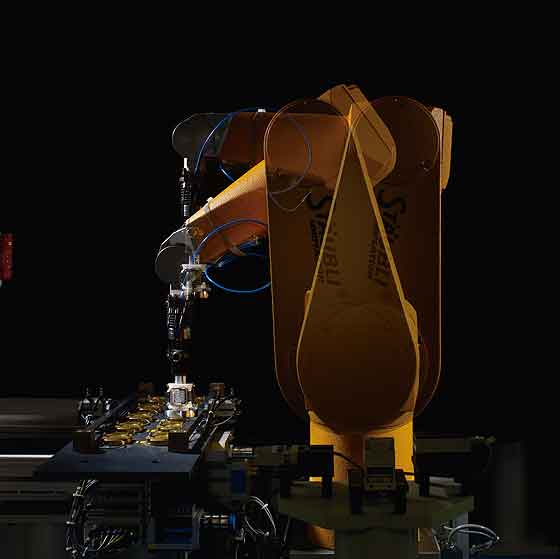

As part of the reorganization, Cartier hired from outside and developed inside the talent it needed to make mechanical watches for its Fine Watchmaking collection. It built a movement development department around the highly respected French-born Forestier-Kasapi, who worked with Giulio Papi at Audemars Piguet Renaud & Papi before joining Cartier 10 years ago. She now oversees 20 people. Cartier’s R&D department has 12 engineers. For the last half of the last decade these people were nestled in their new ateliers in Manufacture Cartier engaged in a frenzy of mechanical watch activity, developing all at once Cartier’s first in-house automatic movement, a slew of new mechanical movements, and the ID One concept watch. The result is a series of new Cartier men’s watches notable for their design creativity and technical ingenuity. Take the two watches containing Cartier’s first mechanical movements created and produced entirely in-house, the Santos 100 Skeleton and Rotonde de Cartier Central Chronograph, introduced last year. The Santos 100 Skeleton differs from other skeleton watches in that Forestier-Kasapi designed the movement to display the time. Her patented design shaped the movement’s bridges to form Roman numerals at the XII, III, VI and IX positions. Caliber 9611 MC is square-shaped to fit the palladium Santos case. Another novelty is the fine-adjustment pointer designed in the shape of Cartier’s stylized “C.” Cartier designers use the “C” motif freely on various watch parts. Another example: Cartier’s new Calibre de Cartier Flying Tourbillon watch ($130,000) — one of two new Geneva Seal watches it introduced this year, bringing the total to five — has a C-shaped tourbillon carriage.
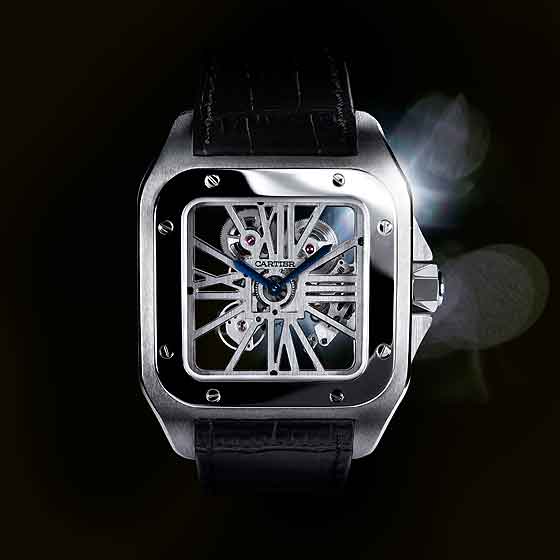
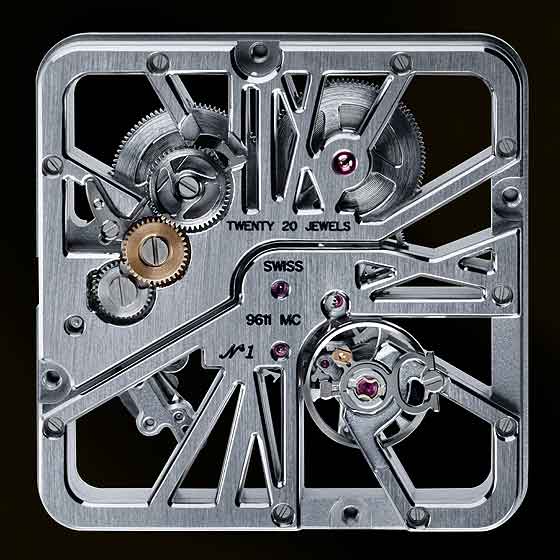
You see the Cartier difference — the emphasis on the fine design that is a hallmark of the maison — more dramatically in the Rotonde de Cartier Central Chronograph, where Cartier invented its own way to display the elapsed time by making the chronograph front and center. The watch has a two-tiered dial. On the bottom tier are the hour and minute hands, which circle beneath the chronograph display on the top tier. Needless to say, Cartier’s movement construction team had to make some technical adjustments to support the watch’s unconventional design. Says Forestier-Kasapi, “We chose a very original display for the Central Chronograph. But we still have a state-of-the art chrono under the display.” Instead of the cam system used in the majority of chronographs, the Central Chronograph’s 9907 MC movement uses a column wheel to control the start, stop and reset functions. What’s more, Cartier uses a vertical coupling system in the chronograph instead of the usual horizontal release system. This reduces the energy consumption of the chronograph function, Cartier says, and maintains exceptional precision.
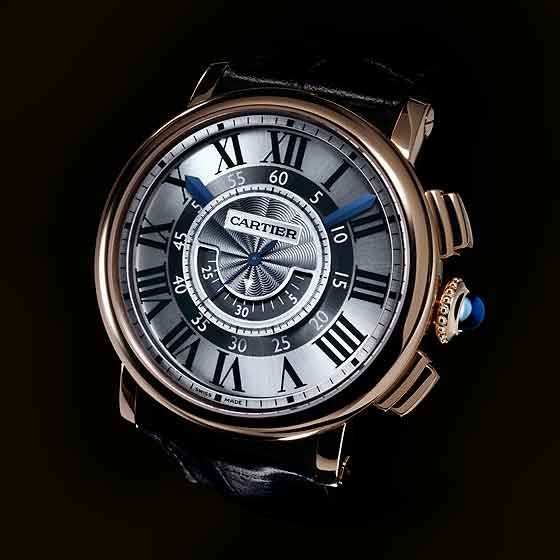
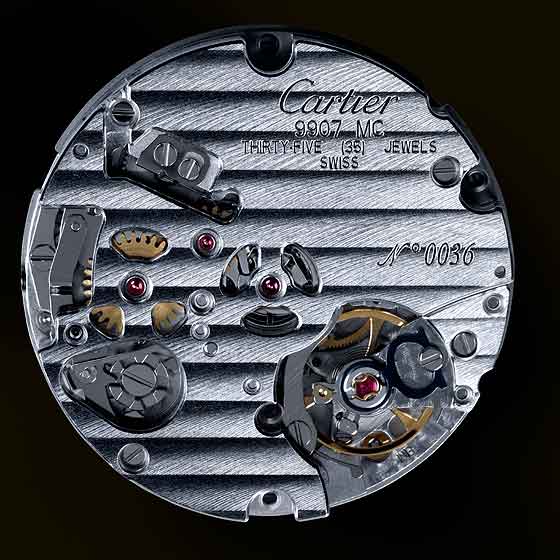
Cartier’s reputation as a design house inevitably colors its approach to high watchmaking. “The main philosophy is to be creative rather than complex,” Forestier-Kasapi says. “Technique is at the service of aesthetics and creativity. Our goal is not to be the most complex or have the most complicated watches in the world. The main thing is that the creativity is a tool to be technical.” Forestier-Kasapi’s favorite watch of 2010, the Rotonde de Cartier Astrotourbillon (see the cover of this issue) shows exactly what she is talking about: an unusual technical feat at the service of an unconventional design. Its striking feature is a tourbillon that doubles as a seconds indicator, circling the dial once every minute. The tourbillon’s off-center, arrow-shaped balance bridge points to the seconds. The hand-wound Caliber 9451 MC, another 100-percent in-house manufacture movement, has several unique features, according to Cartier. First, the tourbillon carriage is positioned at the center of the movement and has a special rotational axis. It requires a totally different gear-train design, from the two barrels of the movement through to the display of the hours and minutes. Second, the balance staff and escapement wheel staff are not on the same rotational axis as the carriage, but are located on the carriage’s side in linear alignment with the rotational axis. Finally, the tourbillon is positioned above the movement between the two-tiered dial instead of being integrated into the movement, as in classic tourbillons. Look for Cartier to continue to create new and unusual mechanicals. “We’ll come out with quite a number of new, highly complicated watches in the next two or three years,” Fornas says. “We’ll continue to push a lot.”
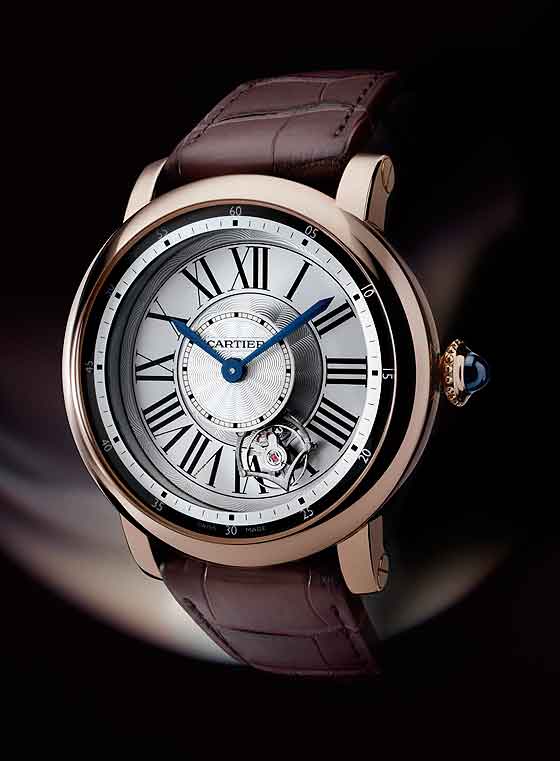
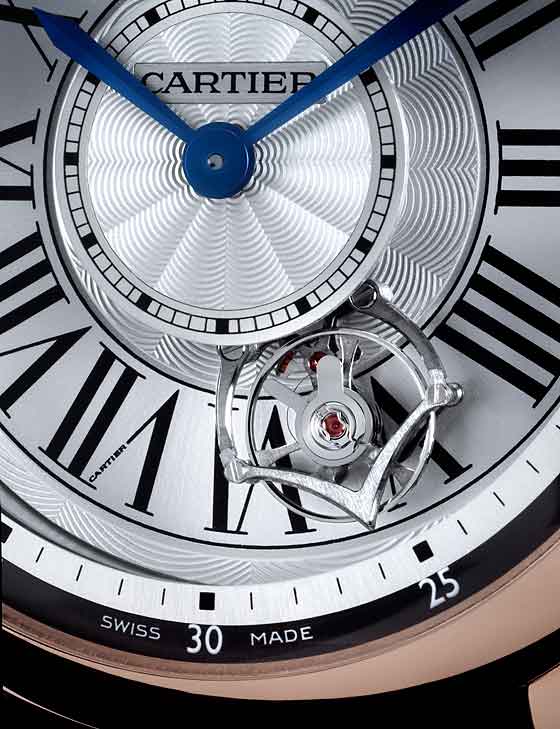
Just as important for Cartier’s horological legitimacy as its homemade mechanical marvels, however, is Caliber MC 1904, its first in-house automatic movement. The caliber number is significant. It refers to the year that Louis Cartier created the first Cartier watch for men. He did it at the request of his friend, Alberto Santos-Dumont, the Brazilian aviator, who needed a wristwatch instead of a pocketwatch when flying because he had both hands on the controls. Cartier’s Santos watch collection, which came later, remains an iconic men’s wristwatch. Cartier makes it clear that, like its other new manufacture movements, this one is designed to help put Cartier men’s watches back on the map. “We’ve got a huge potential in the men’s market,” says Fornas. “A large share of our watch sales is for men. But we can do better. Even much better. Now it’s time for us to pick up market share.”
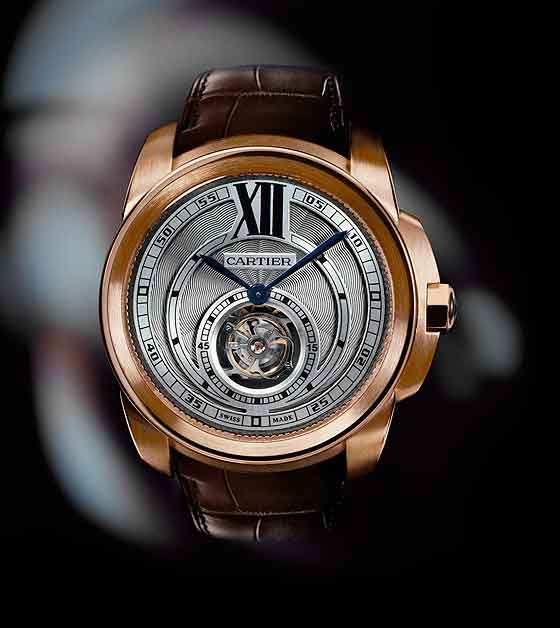
(below), is one of two new Geneva Seal watches Cartier introduced in 2010.
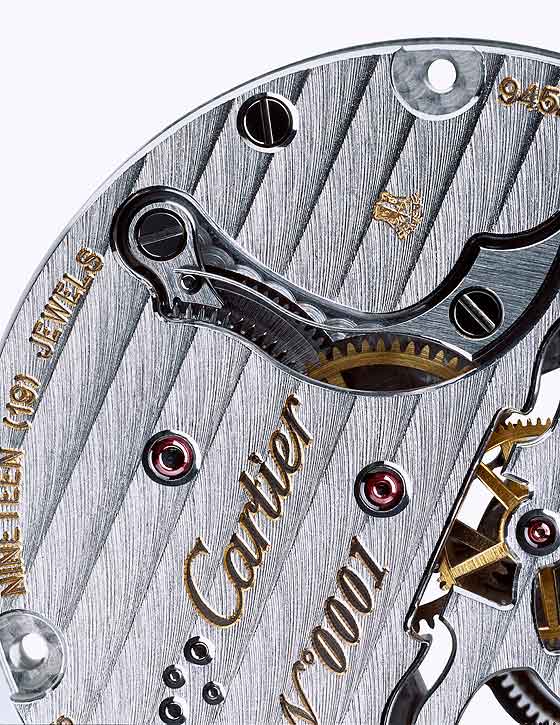
That’s the reason for the new Calibre de Cartier collection, with the new, large 1904 MC caliber. Unlike with the unisex Ballon Bleu collection launched in 2007, whose movement came in a variety of sizes suitable for ladies’ and men’s watches, Caliber 1904 MC comes in one size only, 11½ lignes. Ditto for the Calibre de Cartier collection; it’s a men’s-only line of 42-mm-diameter watches. The new automatic caliber is a robust movement with two barrels that provide plenty of power for the Calibre de Cartier watches and for other complications that Cartier plans to add. It is the base automatic movement that Cartier will build on in the future. The movement has a fine regulation system adjusted via a C-shaped index and a stop-seconds system for precision time-setting. Caliber 1904 MC is another important step in Cartier’s vertical integration. Today, says Tullii, Cartier relies on just four outside movement suppliers: Richemont’s own movement manufacturer Valfleurier, ETA, Jaeger-LeCoultre, and Audemars Piguet Renaud & Papi.
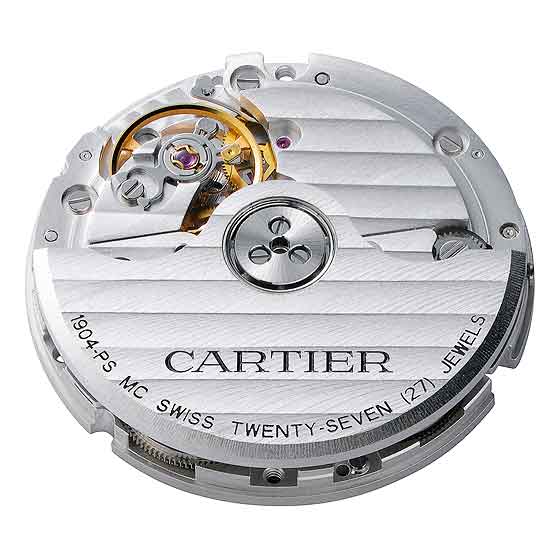
The Calibre de Cartier watch has a seconds subdial and a calendar window and comes in rose gold, steel or steel-and-rose-gold versions. It features a smooth, slanted bezel and a 120-notch fluted ring at the edge of the dial. Cartier executives see the collection as a means to “re-engage with our male customers,” as Emmanuel Perrin, CEO of Cartier North America, puts it. “Lately we have been focusing more on the women’s side,” Perrin says. “It’s not that we don’t know how to make a great men’s watch. Look at the Tank or the Santos, great iconic watches that are still very desirable. It’s very important for men to perceive Cartier as an innovator, as a technical craftsman, not to be dismissed as just jewelry for their wives. It is jewelry for their wives, definitely. But that’s not the only craft we have under the roof of the House. We are addressing the high-mech craft with the same level of detail as we do our high jewelry.”
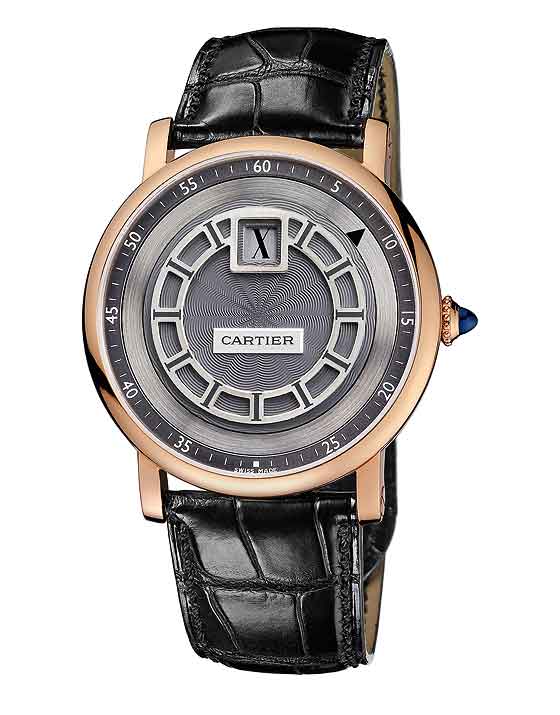
This article was originally posted on May 7, 2013 and has been updated.

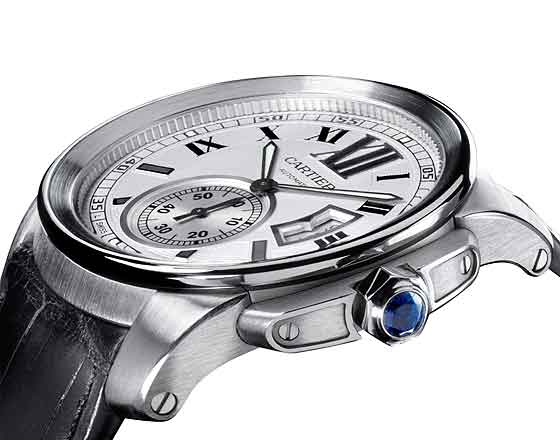
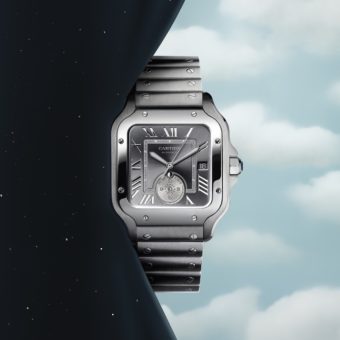
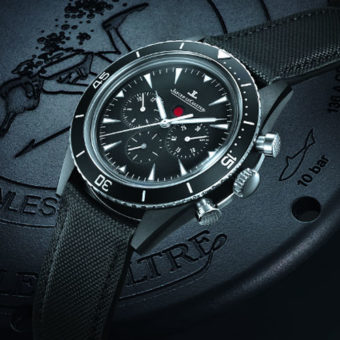
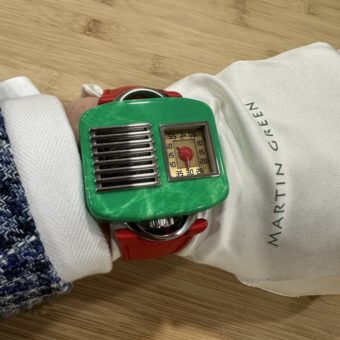
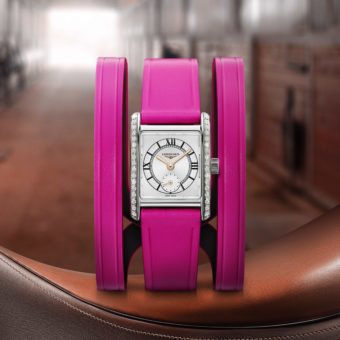
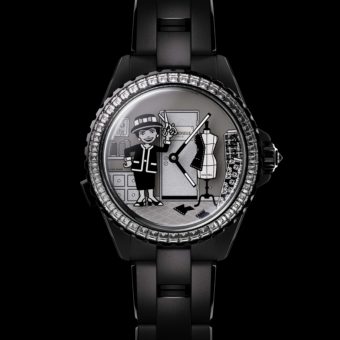
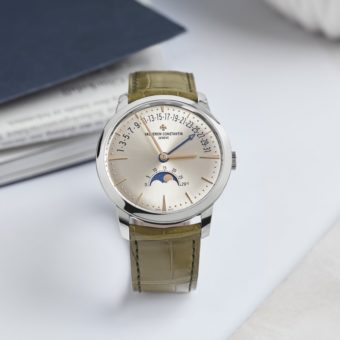
I own a Cartier watch 247143NX 4010. It is 3 hours less than normal time. I dont know how to reset it. How do i reset it to have a correct time
How can i reset a 247143NX 4010 Cartier watch?
i am looking parts for cartier date disc 1904 pc or 1904mc please tell me where can i fide . thank you.
Considering a Cartier Americiaine automatic white gold,need to establish which movement Cartier fit to this watch and what year did they commence with that movement.?
This is a great article. As an owner of Cartier Ballon Bleu Automatic, i have been always curious about their automatic movement. This article explains everything in details.
Thanks for a great write up. It has lots of great information and history. One of the few great articles about Cartier!
Hi, i have been using my Cartier Tank Française watch – Large model from last 1 year. The watch is good in condition, the only problem with my watch is it is not good time keeping. should i need to repair my watch or Sell My Cartier Watch?
Sir:I have a Cartier Ballon Large Watch #247143nx4010.I check it out,Inside watch machine has a small plastic seal.Is it normal to have it .doesthe original watch has it.Please Advice
Hi Henry,
Thanks for your comment. I’m not sure about the answer to your question, but Cartier’s customer service should be able to help you.
Their contact information is here: http://www.cartier.us/contact-us
Hope that helps.